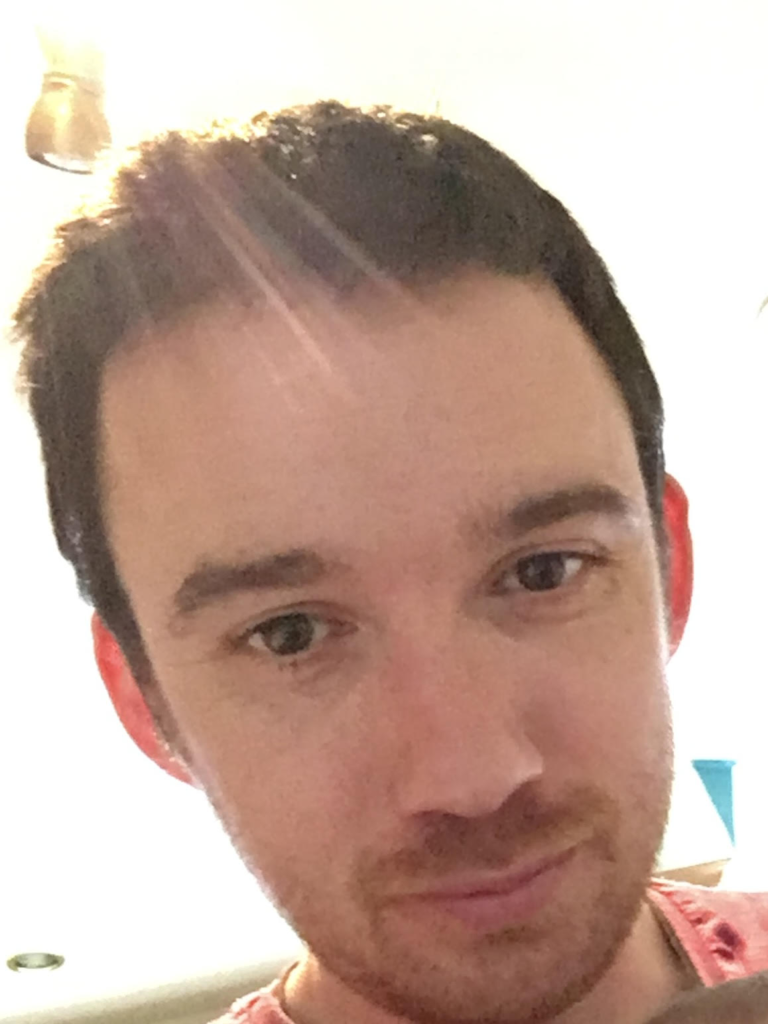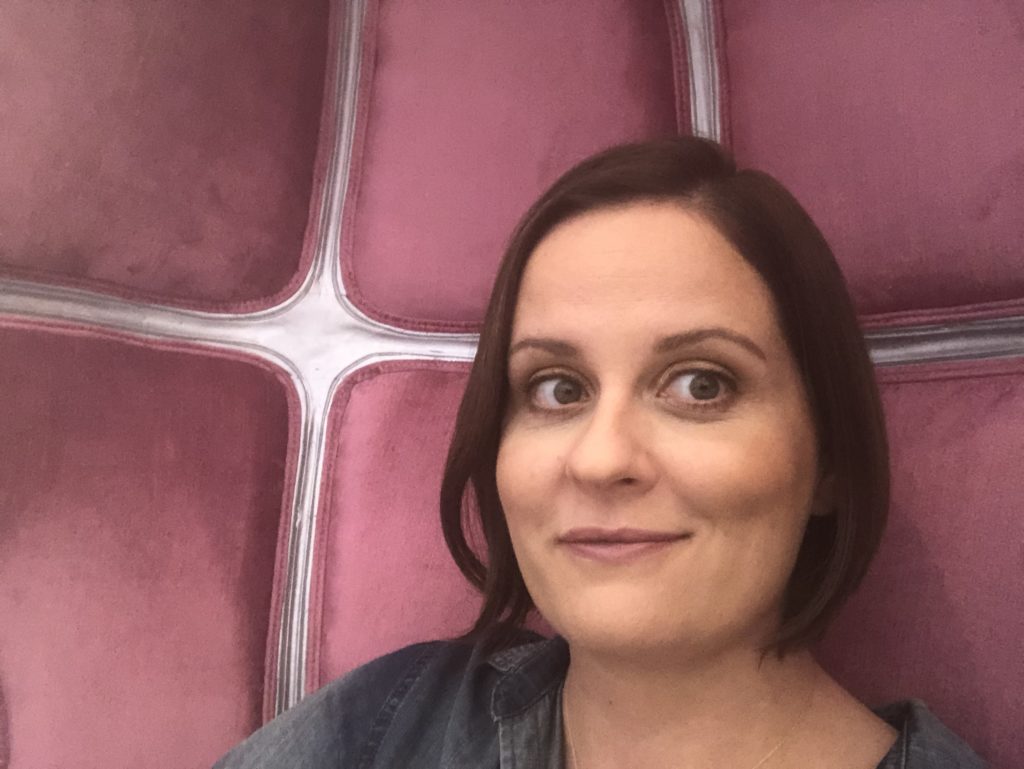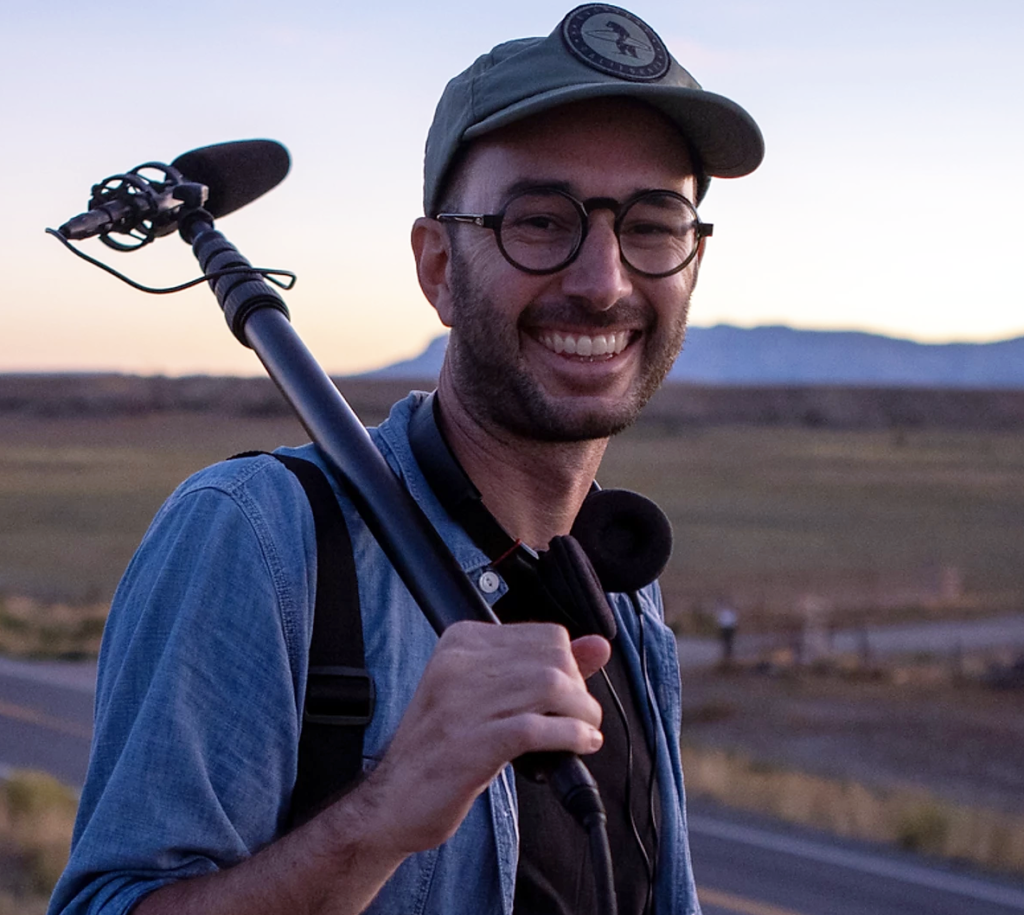Like countless others, my heart went out to the victims and families and friends of those who lived and died in the shocking June 24 collapse of the Champlain Tower South condominium in Surfside, Fla. I also had in mind the reporters who descended on the scene and faced the painful task of interviewing survivors and the loved ones of those dead or still missing.
In my two decades as a newspaper reporter, I became well-acquainted with that aspect of the job. At one point, if you’d asked me about my beat, I’d have replied, “Death.”
More times than I can count, I was dispatched to write about those left behind after the unthinkable happened: a child killed by a school bus, the high school friends of a classmate killed during a failed 1980 rescue mission to rescue the American hostages held captive by Iranian revolutionaries, the bride-to-be caught in a crossfire between police and a desperate parolee. My father had died when I was ten, and that often proved an effective way to show empathy for people I imposed on at one of the worst moments of their lives. Death binds.
When I was teaching at The Poynter Institute, a reporter once emailed to ask about the appropriate response when a subject breaks down and begins to cry during an interview, a common occurrence.
“I’m not a very touchy-feely person,” the reporter said, “so I feel as though it would come across as fake or forced if I were to make myself give the subject a hug or touch their hand or something similar to that. But I feel so heartless simply continuing the interview while they dab at tears.
“Most often, these subjects are essentially strangers whom I have engaged in an emotional interview, so I feel as though I would be crossing some sort of line by moving closer to them or touching them or crying with them as though we were close friends.”
For help, I touched base with Joe Hight, then managing editor of The Oklahoman and no stranger to covering trauma in the news.
As a reporter and editor, he covered the first mass post office shooting in 1986 in Edmond, Okla., the 1995 domestic terrorist bombing of the Alfred P. Murrah Federal Building in Oklahoma City and the aftermath of killer tornadoes.
He was also president of the executive committee of the Dart Center for Journalism and Trauma. It’s “a global network that brings together journalists, educators and health professionals to improve media coverage of trauma, conflict and tragedy, as well as the consequences of such coverage for those working in journalism.”
As reporters increasingly face emotional interviews after what seems like an unending cycle of mass shootings, wildfires, hurricanes and other catastrophic weather events, Joe’s advice remains timely.
“You are not the only journalist who has struggled or will struggle when interviewing people who become emotional during an interview,’” he counseled.
“Certain interview questions may prompt an emotional response, especially if the subject is remembering a loved one who died tragically. It’s your response afterward that is important.
“Most people don’t need a hug from a stranger, and all of them don’t need a fake or forced response. They need someone who’s compassionate and human.”
I wish that Joe’s wise advice had been available to me as I sat with friends and family who were grieving a loss. I’m grateful, though, that it may offer help for reporters who find themselves, as they inevitably will, in that situation someday. His tips:
First of all, don’t stop the interview because someone cries and you feel uncomfortable. If you do, you might deprive the person from expressing natural and proper emotions.
Simply express again how sorry that you are about the situation or loss and then be especially sensitive to the subject from that point on. Put down your notebook and ask whether there’s anything that you can do to help, such as getting a tissue or a glass of water. (You might even want to bring tissue yourself if you think the interview could become emotional.)
When the subject becomes somewhat composed again, ask softly “Are you okay?” and then “Do you want to continue the interview?” If the answer is yes, politely express that you’re taking notes again and ask the next question in a soft tone. Then be patient and listen.
At the end of the interview, thank the subject for talking to you “during these difficult times.” Then ask if you can call later to check on facts or quotations, and possibly on information that may have been missed.
If the person sobs uncontrollably or cannot respond further, it’s then that you should consider discontinuing the interview until a later time. Before leaving, ask whether the subject wants you to contact someone or needs anything else. Then ask whether it’s okay to call or return at a certain time. A simple nod may be the reply.
Finally, if you are troubled by what happened during the interview, be sure to talk to someone who’s a sensitive and trusted listener so you can debrief from the emotions that you absorbed yourself.



